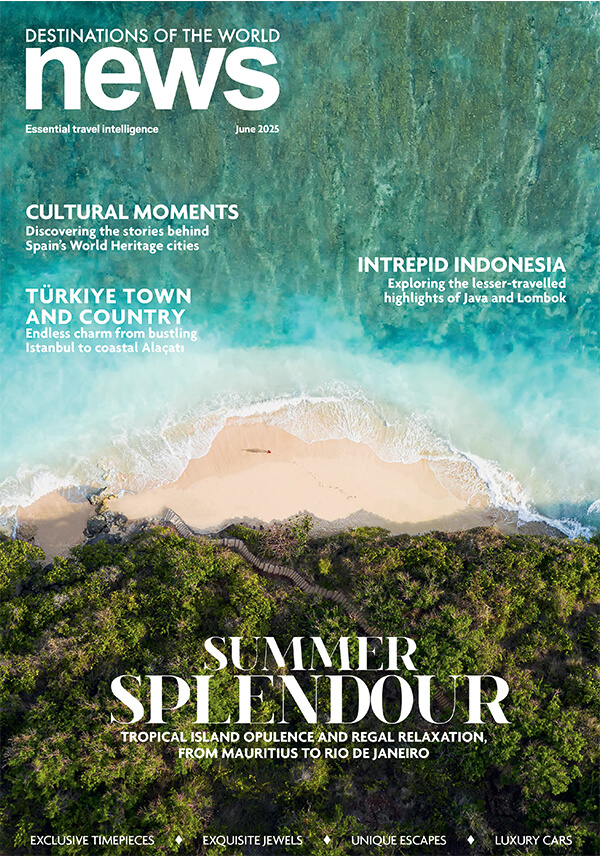1. Aman Nai Lert Bangkok
Bangkok, Thailand
Aman’s first urban address in Thailand is set in leafy Nai Lert Park. Designed by Jean-Michel Gathy, the hotel draws on the heritage of its surroundings, combining traditional Thai elements with Aman’s contemporary, minimalist aesthetic. The 52 suites—among the largest in the city—begin at 94 square metres and feature floor-to-ceiling windows, pivoting light panels and neutral palettes. The 713-square-metre Aman Suite spans an entire floor, complete with a discreet spa and entertainment space.
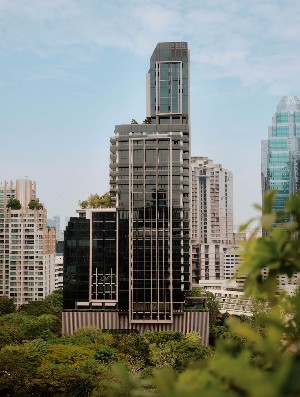
Culinary highlights include Arva, Aman’s Italian concept, and 1872 Bar, which references the legacy of park founder Nai Lert. A rooftop club introduces two new Japanese venues: Sesui, offering omakase sushi, and Hiori, a teppanyaki dining counter. The wellness centre spans three floors and includes the first Banya Spa House in the city.
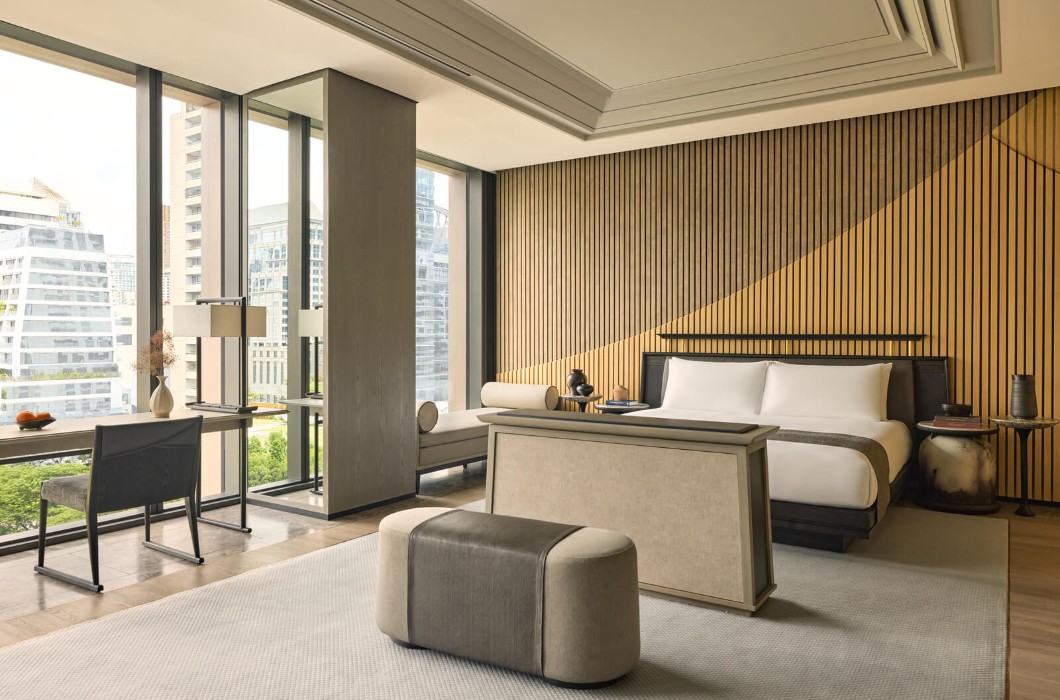
Aman.com
2. Orient Express La Minerva
Rome, Italy
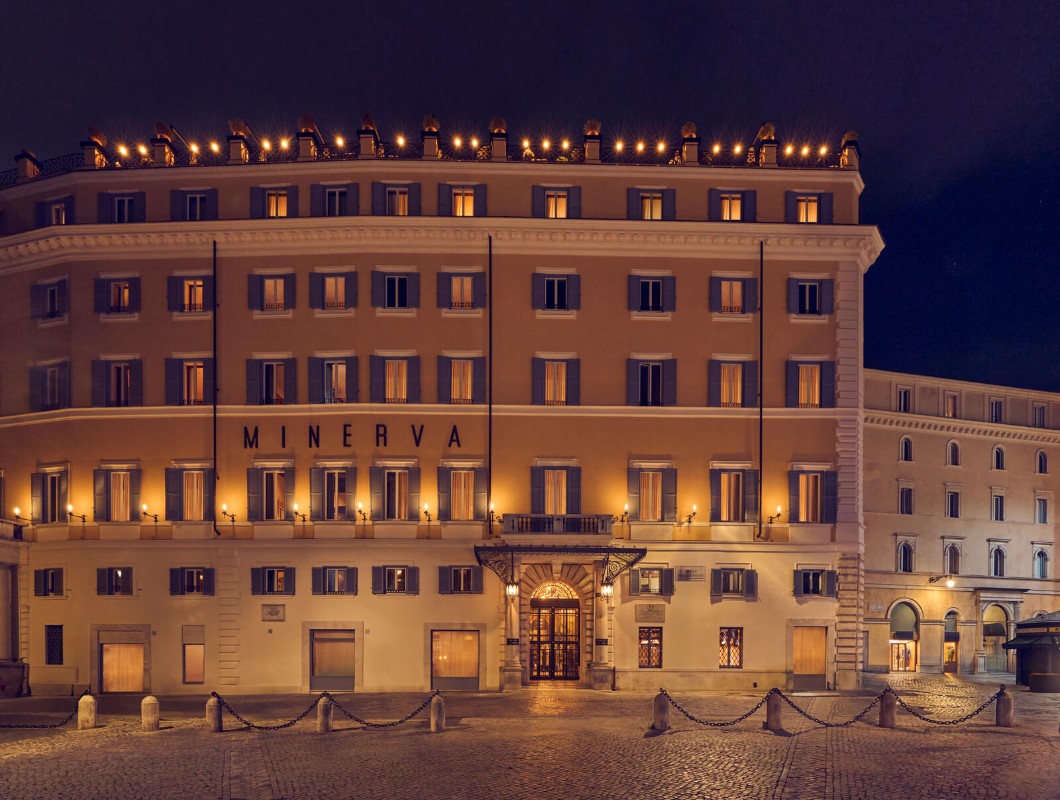
Located on Piazza della Minerva in Rome, steps from the Pantheon, the first Orient Express hotel occupies a restored 17th-century palazzo that once hosted Grand Tour travellers including Stendhal and Herman Melville. The 93 rooms and 36 suites have been reimagined by architect and designer Hugo Toro. Interiors draw on Rome’s classical heritage and Orient Express’ Golden Age of travel, featuring Rivolta Carmignani linens, bespoke bedside trunks and hand-painted ceilings depicting Roman skies. Public areas are finished in marble, wood and polished brass, referencing the brand’s iconic train carriages. Dining includes La Minerva Bar, rooftop restaurant Gigi Rigolatto and a forthcoming outpost of Mimi Kakushi, the award-winning Japanese restaurant concept.
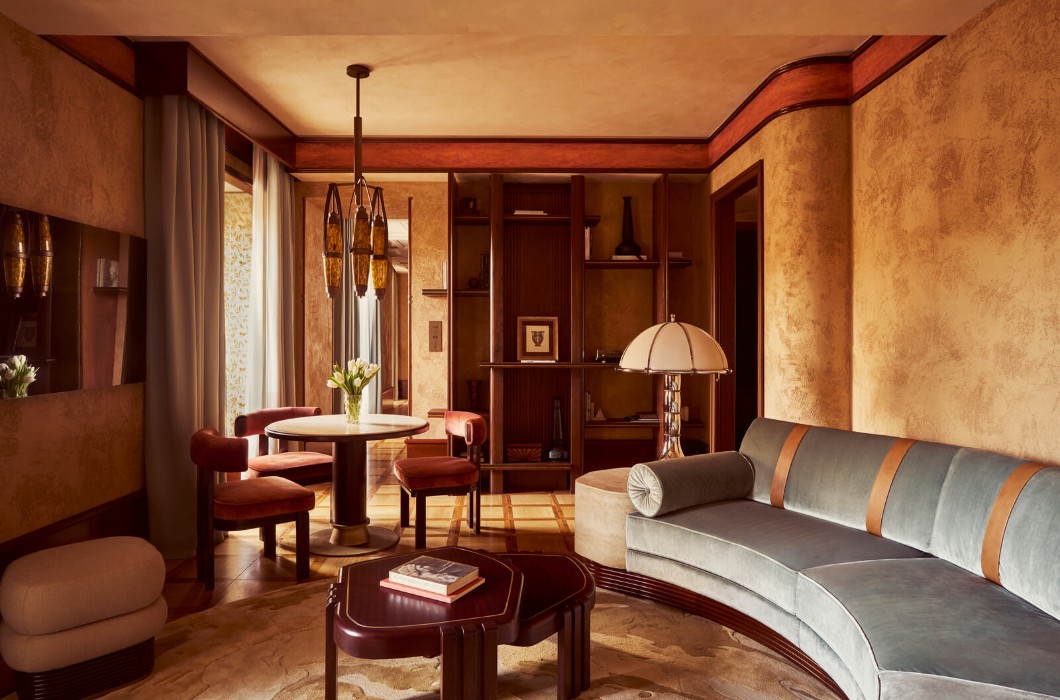
Laminerva.orient-express.com
3. Fairmont Tokyo
Tokyo, Japan
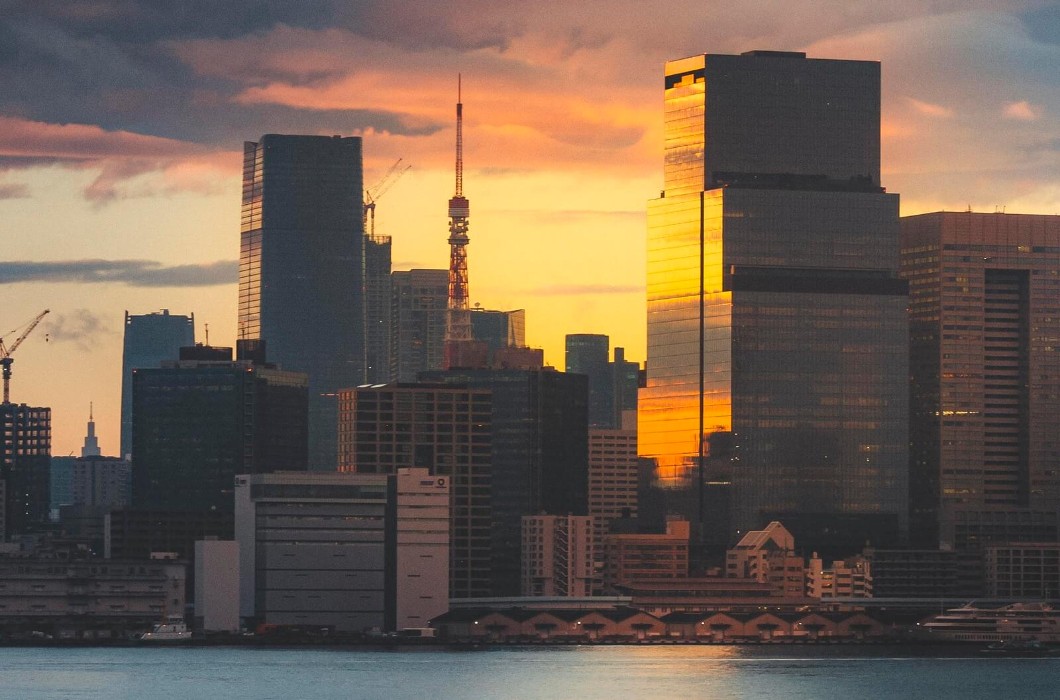
Located in Tokyo’s Shibaura district, Fairmont’s first property in Japan occupies the top floors of the new Blue Front Shibaura South Tower, affording sweeping views over Tokyo Tower and Tokyo Bay. The interiors, designed by BAR Studio, incorporate traditional Japanese materials and techniques, including kintsugi (golden joinery) detailing and natural wood finishes. Each room includes floor-to-ceiling windows, engawa corridor-esque lounge areas, and Le Labo amenities. Dining spans five restaurants and two bars offering Mediterranean, Californian, and Japanese fusion menus. The property’s wellness facilities include a 24-hour gym, a Fairmont Spa and both indoor and outdoor pools. Terraces on the 35th floor overlook the city’s east and west horizons.
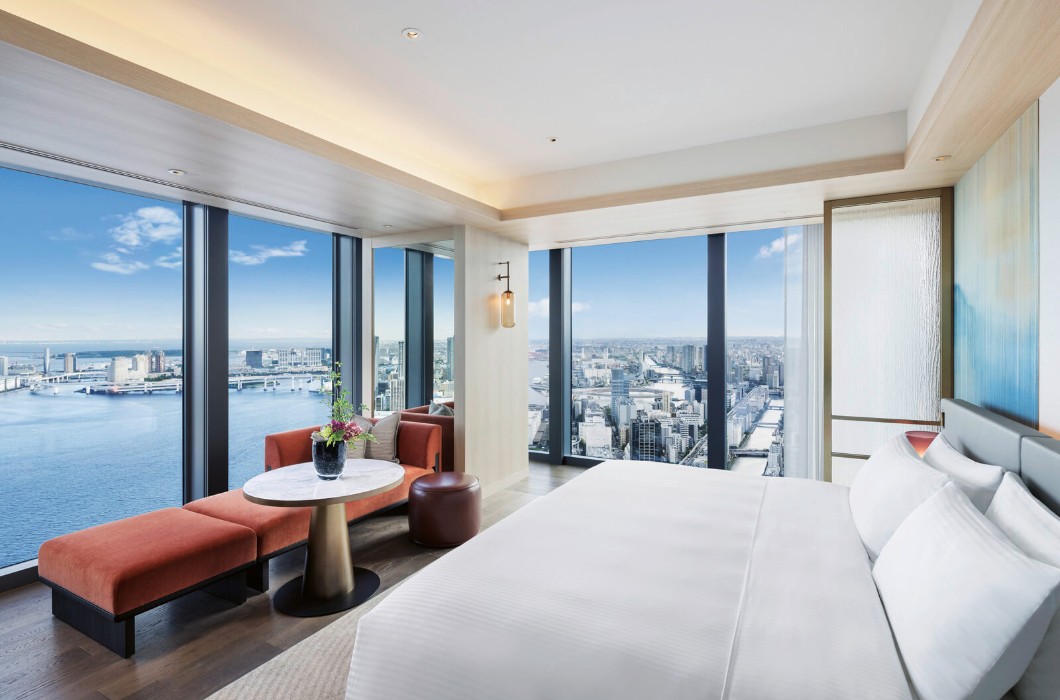
Fairmont.com/tokyo
4. The Hoxton, Florence
Florence, Italy
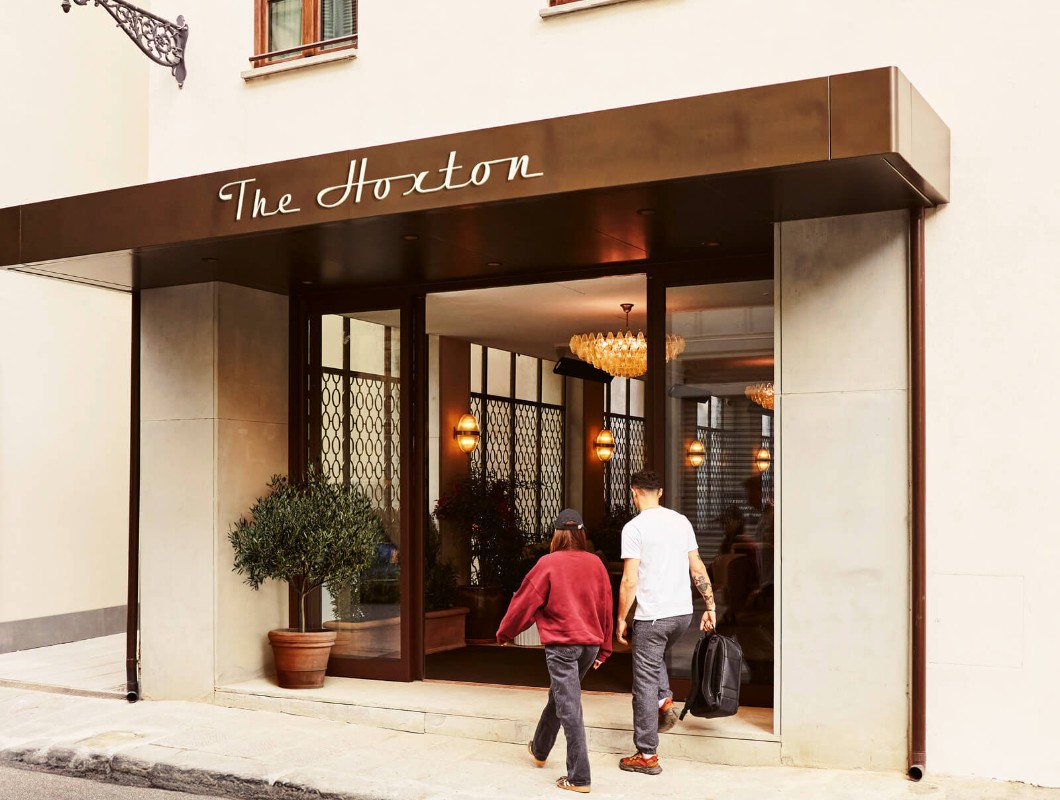
The Hoxton, Florence has officially opened, marking the brand’s second outpost in Italy after Rome. The 161-room hotel is located in the city’s historic centre, spanning two contrasting buildings: a restored 16th-century palazzo and a 1980s modernist structure designed by Andrea Branzi. The hotel features a mix of room types, including a new three-bedroom ‘House’ category with a private entrance, kitchen and lounge—designed for families and groups. The buildings are connected by a central courtyard, home to a fountain and alfresco dining area. Rooms in the original palazzo reference Renaissance architecture, while those in the Branzi building feature bold colours and asymmetrical postmodern furniture. Dining options include Alassio, a Ligurian-inspired restaurant with Mediterranean plates, and Enoteca Violetta, a laid back wine bar with local and international selections. La Riserva, a private tavern beneath the wine bar, is available for bespoke dining and events. The Hoxton also introduces community-focused initiatives including the Hox Gallery, a rotating exhibition space curated with Numeroventi Design Residency, and a pop-up shop featuring independent Italian brands. The hotel is pet-friendly and offers locally made dog amenities. Additional amenities include event spaces, complimentary bikes and partnerships with nearby fitness studios.
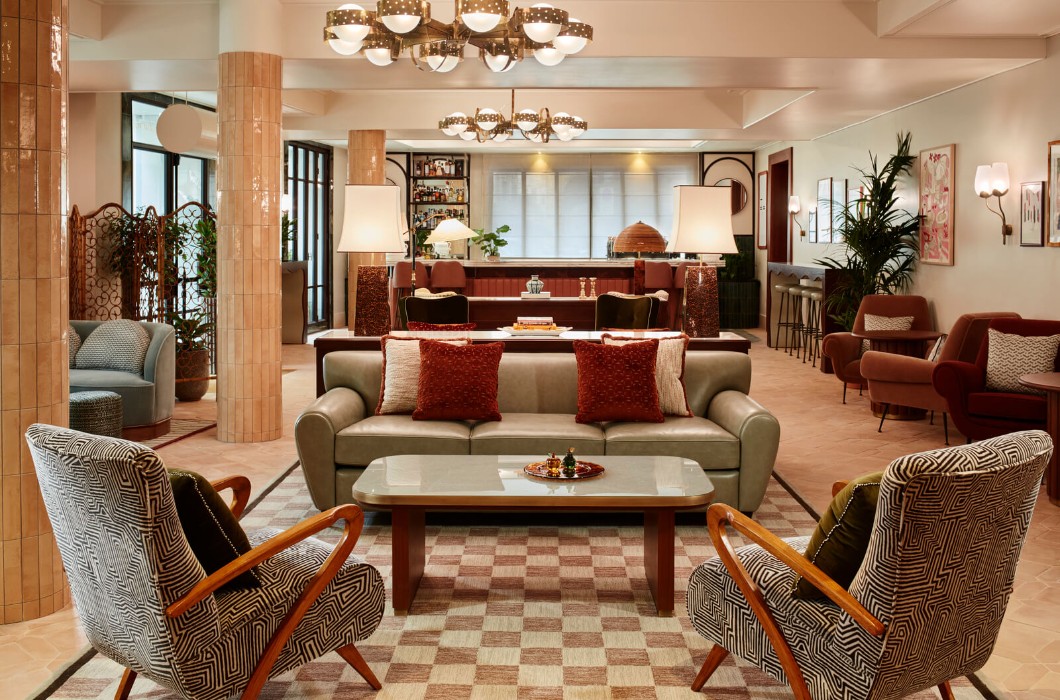
thehoxton.com/florence





